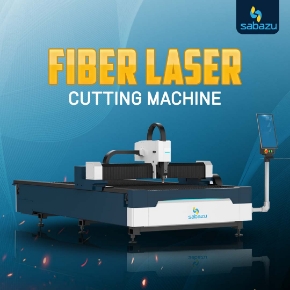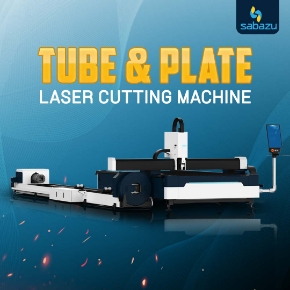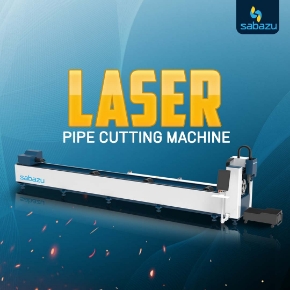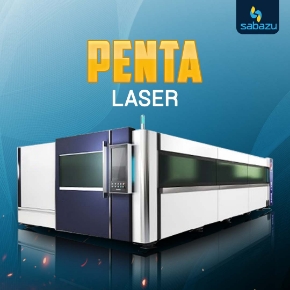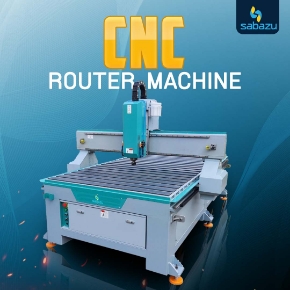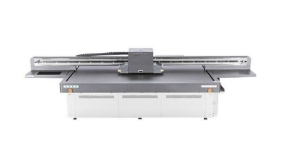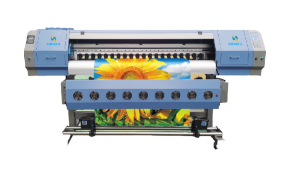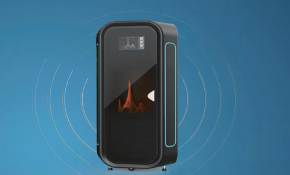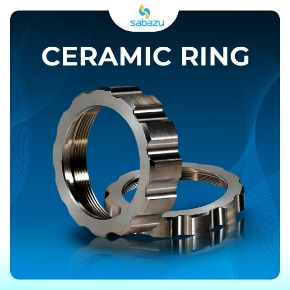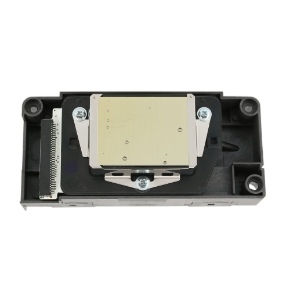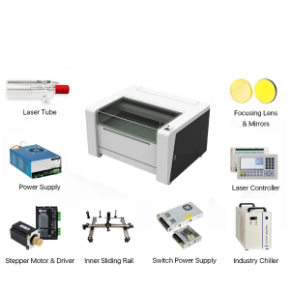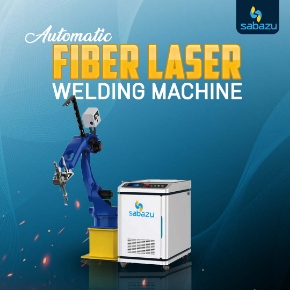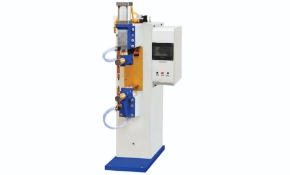High Precision & Accuracy
The laser beam can be focused to a fine point, allowing very accurate welding, especially on thin or delicate materials. Less spatter, better weld finish. Speed / Productivity
Higher welding speed compared to TIG, MIG etc. Faster penetration, less time per weld.
Minimal Heat Affected Zone (HAZ)
The area around the weld that is affected by heat is small, which means less distortion, less warping, better retention of material properties.
Versatility in Materials
Can weld many types of metals and alloys, including those difficult with traditional welding (e.g. copper, aluminum). Also can weld dissimilar metals. Sabazu advertises compatibility with many metals.
Low Post-Processing
Because welds are cleaner, with less spatter and better finish, less grinding or polishing required. Saves time and effort.
Lower Maintenance
Fiber lasers tend to have fewer moving parts, more stable optics, often lower maintenance than older laser types (e.g. CO₂ or YAG) or traditional welding rigs.
Energy Efficiency
Better photoelectric conversion efficiencies; less loss of input energy. Over time operational cost can be less. Sabazu SN-2000 claims “higher photoelectric conversion efficiency”
Flexibility / Ease of Use
Handheld models like SN-2000 allow more flexibility. They can be used on various shapes, and unskilled operators can often be trained relatively quickly for decent results. Sabazu claims easy operation even for unskilled operators.
Handheld & portable design — although “handheld,” the machine is still industrial scale, but gives flexibility. Useful in places where fixed welding stations are less convenient.
Depth & power suitable for many medium thickness applications (up to ~5 mm), which covers a lot of practical work in fabrication, repair, etc.
Adjustable features like wobble width, spot width, welding mode etc., giving better control over weld appearance and strength.
Cooling system: water cooling improves stability, prevents overheating — crucial for longer welds, continuous work.

